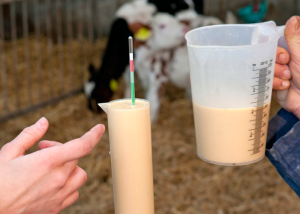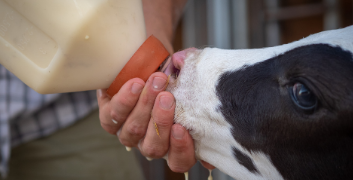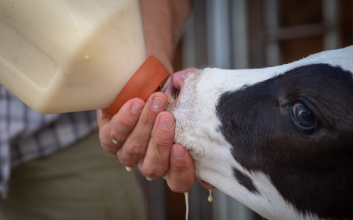FARM
A successful calving process is just the beginning of a calf’s life-long journey. To ensure optimal health and growth, farmers must prioritize proper management practices immediately after calving.
Immediate Post-Calving Care;
Following a successful calving, wash the udder and hindquarters to maintain hygiene, milk the cow to relieve pressure, ensuring cleanliness, weigh the calf using a weight ban or gunny bag, administer 10% of the calf’s body weight in colostrum.
Colostrum: The Key to Passive Immunity
Colostrum, the first milk secreted after parturition, contains vital antibodies (gamma globulins) that provide calves with passive immunity. These antibodies shield calves from diseases and infections.
Nutritional Requirements
Joan Atukunda a diary farm expert noted that from day five onwards, provide clean, fresh water, offer easily digestible, leafy hay (e.g., kikuyu, brachiaria, star grass) to promote ruminal development and protein intake,supplement with maize bran (2-3 kg/calf/day) for energy and rumen development.
It is recommended that at 4th to 7th day, the calf should be given milk equivalent 10% body weight ad lib legume hay and ad lib of calf starter maize brain up to eight weeks. While at nine weeks the calf should be given colostrum equivalent to 10% body weight minus two and and 10% of the body weight minus four at week ten.

Achieving Optimal Growth, To attain weight gains of 21 kg/month or more, Feed high-quality, protein-rich hay (e.g., potato vines),Ensure access to clean water and adequate nutrition.
Proper management post-calving is crucial for calf health and growth,” emphasizes Atukunda. “By prioritizing colostrum intake, hygiene, and nutritional needs, farmers can significantly reduce mortality rates and promote optimal development.”
By adopting these practices, farmers can, improve calf survival rates, enhance growth and development and increase productivity and profitability.








































